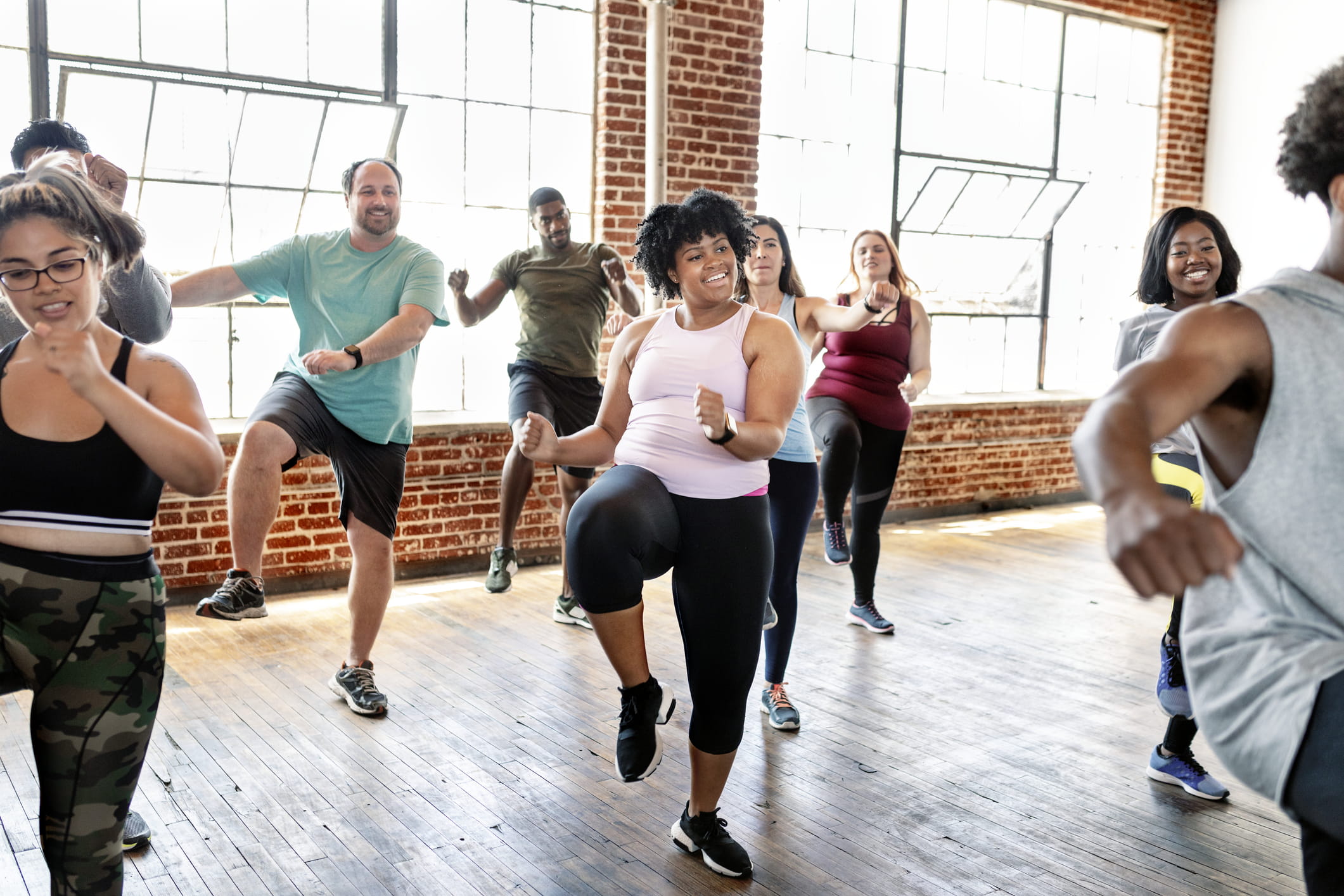When you exercise, should you warm up and cool down?

Regular exercise is important for staying healthy and feeling good. It can help with weight management, heart health, endurance and muscle strength. Exercise also has mental benefits like reducing stress and improving clarity. However, one aspect that's often overlooked is the significance of warming up and cooling down before and after physical activity.
"These pre- and post-workout rituals play a crucial role in preparing the body for exercise and aiding in recovery afterward," says Bryan James Fritsch, PT.
Looking to get the most out of your workouts? Here's what to know about properly warming up and cooling down.
Why do you need to warm-up?
A well-rounded warm-up, ideally spanning 5 to 10 minutes, acts as the foundation of your exercise routine, preparing your body for the physical exertion. It usually includes mild cardio activities and dynamic stretching, which gently wake up your body's muscles and joints.
"By gradually increasing your heart rate and blood flow, warming up before exercise helps oxygenate your muscles, making them more flexible and efficient," says Fritsch. A good warm up should replicate the intended exercise. "Be sure to walk at a brisk pace before starting your run, or warm up with light weights before lifting heavy."
A good warm-up not only reduces the risk of injuries and improves physical performance but also boosts mental readiness, helping you align your focus with your fitness goals. It acts as a bridge between rest and exercise, playing a crucial role in preventing injuries and enhancing workout efficiency.
Why you should never skip the cool down
Cooling down after exercise helps your body return to a relaxed state by doing gentle activities like light jogging and stretching to lower your heart rate and loosen up your muscles, helping you ease back into a state of rest.
"During this time of slow recovery, the body gets rid of waste products like lactic acid from the muscles, reducing muscle stiffness and soreness," says Fritsch.
Engaging in cooling down exercises also helps stabilize blood flow, helping to prevent dizziness or fainting that can occur if you abruptly stop exercising.
Efficiently cooling down sets the stage for your body's recovery, boosting flexibility and keeping muscles less susceptible to injury. Integrating this phase into your workout is crucial for building endurance and preparing your body to face future physical demands, making it an essential component of a well-rounded workout strategy.
Reaping the benefits of a well-rounded workout routine
Even if you're in a rush, warming up before and cooling down after exercise are crucial parts of a complete fitness routine. These steps help prevent injuries, improve workout results and speed up recovery.
"You don't have to spend a long-time fitting in these steps around your working. Remember that just 10 minutes total, 5 before and after your workout, can help you get the most out of your fitness routine," says Fritsch. "These steps help prevent injuries, which will allow you to keep to your regular workout schedule."
Next steps:
Make an appointment with Bryan James Fritsch, PT
Learn more about inpatient rehabilitative therapy
Learn more about outpatient rehabilitative therapy
Reasons to go to rehabilitation
 Content you want, delivered to your inbox
Content you want, delivered to your inbox
Want to get the latest health and wellness articles delivered right to your inbox?
Subscribe to the Well Ahead Newsletter.
